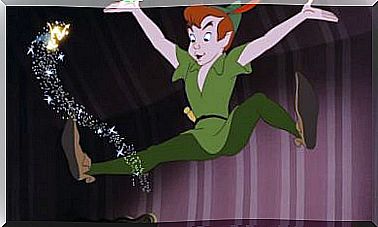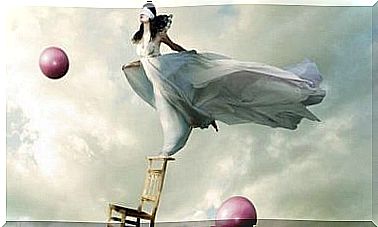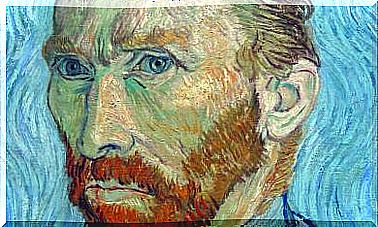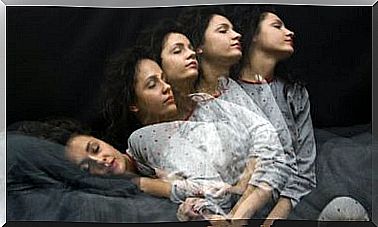Residual Schizophrenia: Definition, Symptoms And Treatment
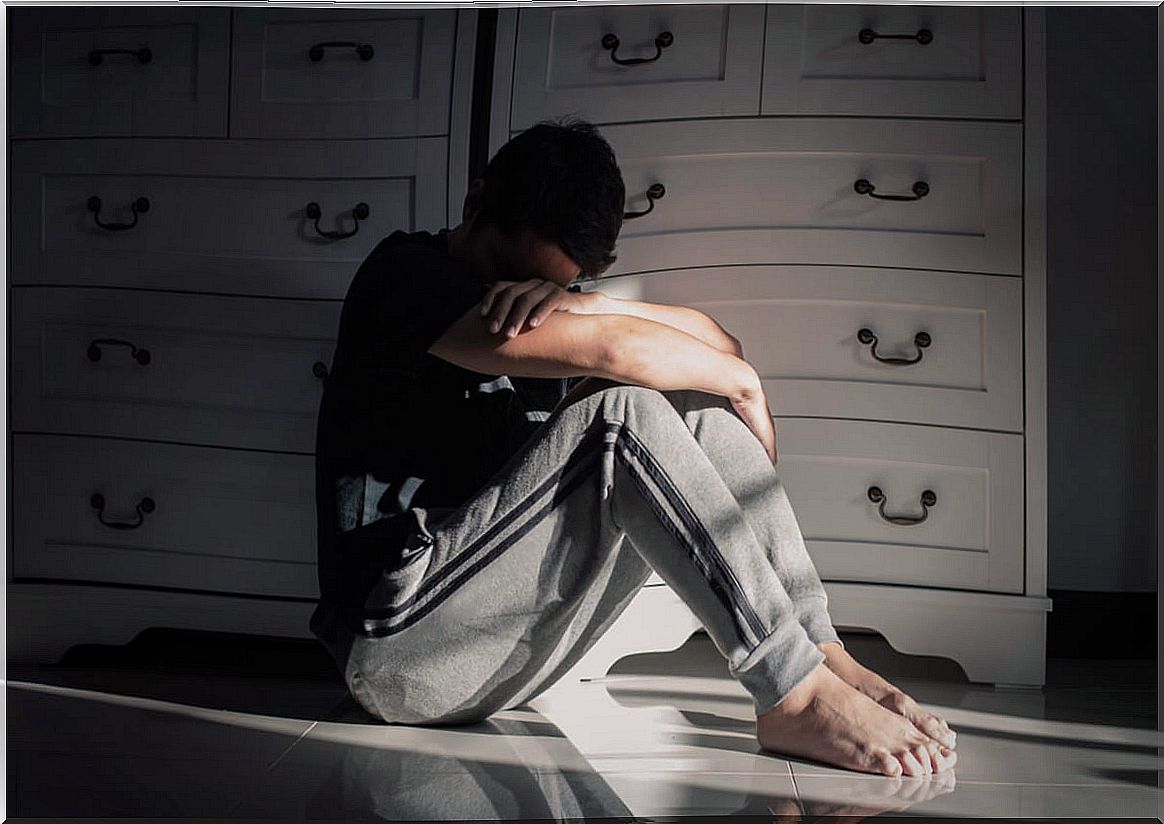
Residual schizophrenia is a clinical label that is issued in the residual phase of the disorder. According to existing studies, it appears in 90% of cases of schizophrenia. It is included in the DSM-IV-TR and in the ICD-10.
Remember that the residual phase of schizophrenia is that which appears after the psychotic outbreak or crisis, when the treatment is effective. At this stage, a more or less marked deterioration in the level of premorbid functioning is frequently observed and this is when the so-called residual schizophrenia may appear.
In this article we will answer the following questions: what is this disorder? What are your symptoms? How is it treated?

Residual schizophrenia: what is it?
Residual schizophrenia is a diagnostic label that is used when there has been at least one psychotic episode in the patient’s life, but currently the psychotic symptoms are attenuated (and negative symptoms of the disorder, such as anhedonia or affective blunting, stand out) .
Thus, we can diagnose residual schizophrenia when in the patient’s medical history we find at least one episode of schizophrenia (delusions, hallucinations …), but in the current clinical picture, the typical psychotic symptoms of schizophrenia are attenuated or do not appear at all. When we talk about typical psychotic symptoms, we are referring to hallucinations, delusions, disorganized behavior and language, etc. (ie, positive symptoms of the disorder).
On the other hand, residual schizophrenia is characterized by the prominent presence of the negative symptoms of the disorder, such as affective dullness, poor language, apathy and anhedonia, among others. We will talk about them later.
In what manuals do we find it?
Residual schizophrenia is a clinical category included in the ICD-10 (International Classification of Diseases) as a type of schizophrenia ; specifically, it is located in the section “Schizophrenia, schizotypal disorder and delusional disorder”.
We also find it in the DSM-IV-TR (Diagnostic and Statistical Manual of mental disorders), as “Residual type of schizophrenia” within the chapter “Schizophrenia and other psychotic disorders”.
Symptoms
In summary, the symptoms of residual schizophrenia are of two types: negative symptoms (predominant) and positive symptoms (attenuated). Let’s see them in more detail:
Negative symptoms
As we said, in residual schizophrenia the negative symptoms typical of schizophrenia appear with great intensity. These symptoms include:
- Lack of initiative.
- Passivity.
- Affective dullness.
- Psychomotor inhibition.
- Inactivity.
- Impoverishment of the quality or content of the language.
- Impoverished nonverbal communication.
- Impairment of personal cleanliness and social behavior.
Positive symptoms
The positive symptoms appear in a very attenuated form at the present time of the clinical picture ; however, there must have been at least one psychotic episode in the past. In other words, a requirement is that the diagnosis of schizophrenia has been made in advance.
Other symptoms
In addition to the aforementioned, in residual schizophrenia it is necessary that another series of conditions be met. Thus, it is required that:
- The attenuated positive symptomatology has lasted at least 1 year : that is, it implies that its intensity and frequency has always been attenuated (all that year).
- There are no other conditions : such as dementia, organic brain disorder, chronic depression, etc., that can explain the deterioration and symptoms of residual schizophrenia.
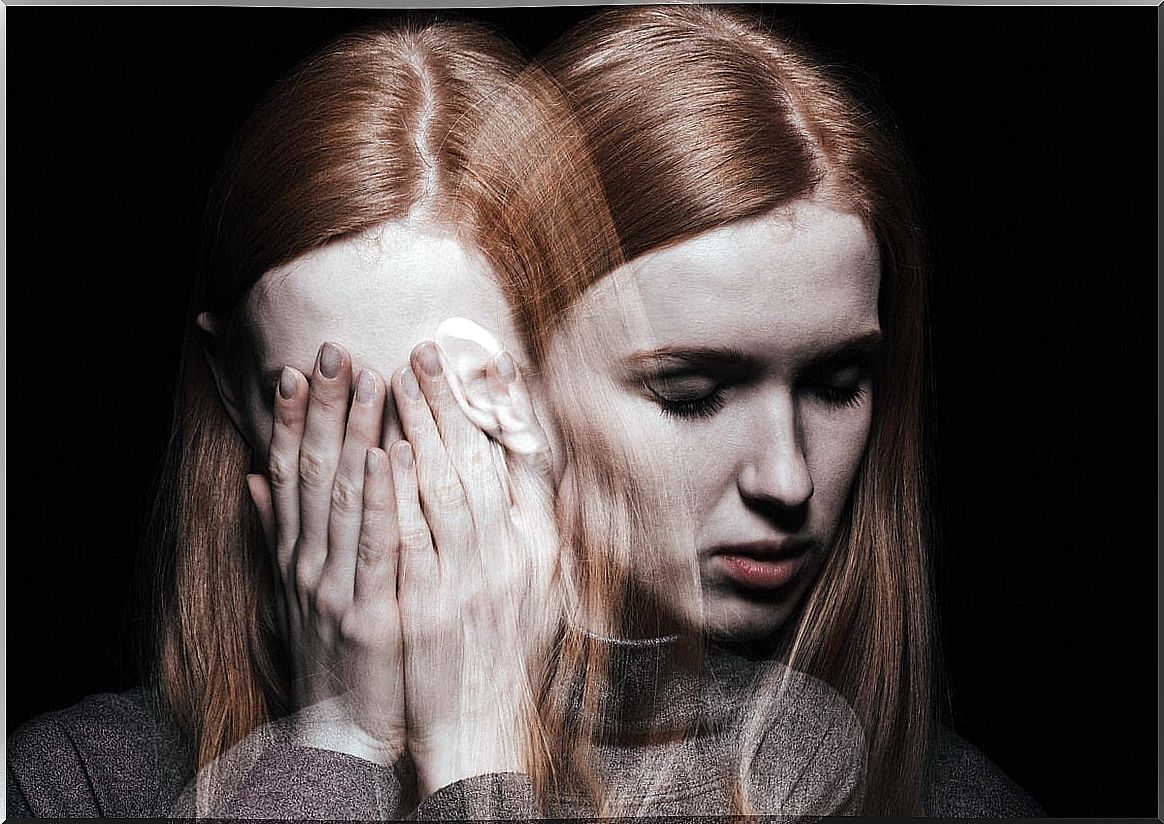
Treatment
Ideally, the treatment of this type of schizophrenia should be a multidisciplinary treatment, which includes a pharmacological and psychological or psychotherapeutic approach. In fact, its treatment will be similar to that of schizophrenia, although with its pertinent adaptations.
At the pharmacological level, typical and atypical antipsychotics are used. As for psychotherapy, very varied techniques are used, such as:
- Individual therapy (especially from a cognitive-behavioral orientation): its objective is to improve the patient’s functioning, as well as their mood.
- Family therapy : includes psychoeducational guidelines, and aims to improve the dynamics that occur within the family.
As we have seen, residual schizophrenia is part of schizophrenia, and it occurs in the stage where the flowery symptoms are most subdued. From clinical psychology, it will be convenient to carry out a good clinical interview and to know in depth the characteristics and needs of the patient, in order to design an adequate and personalized treatment for each case.


